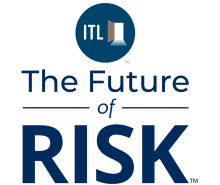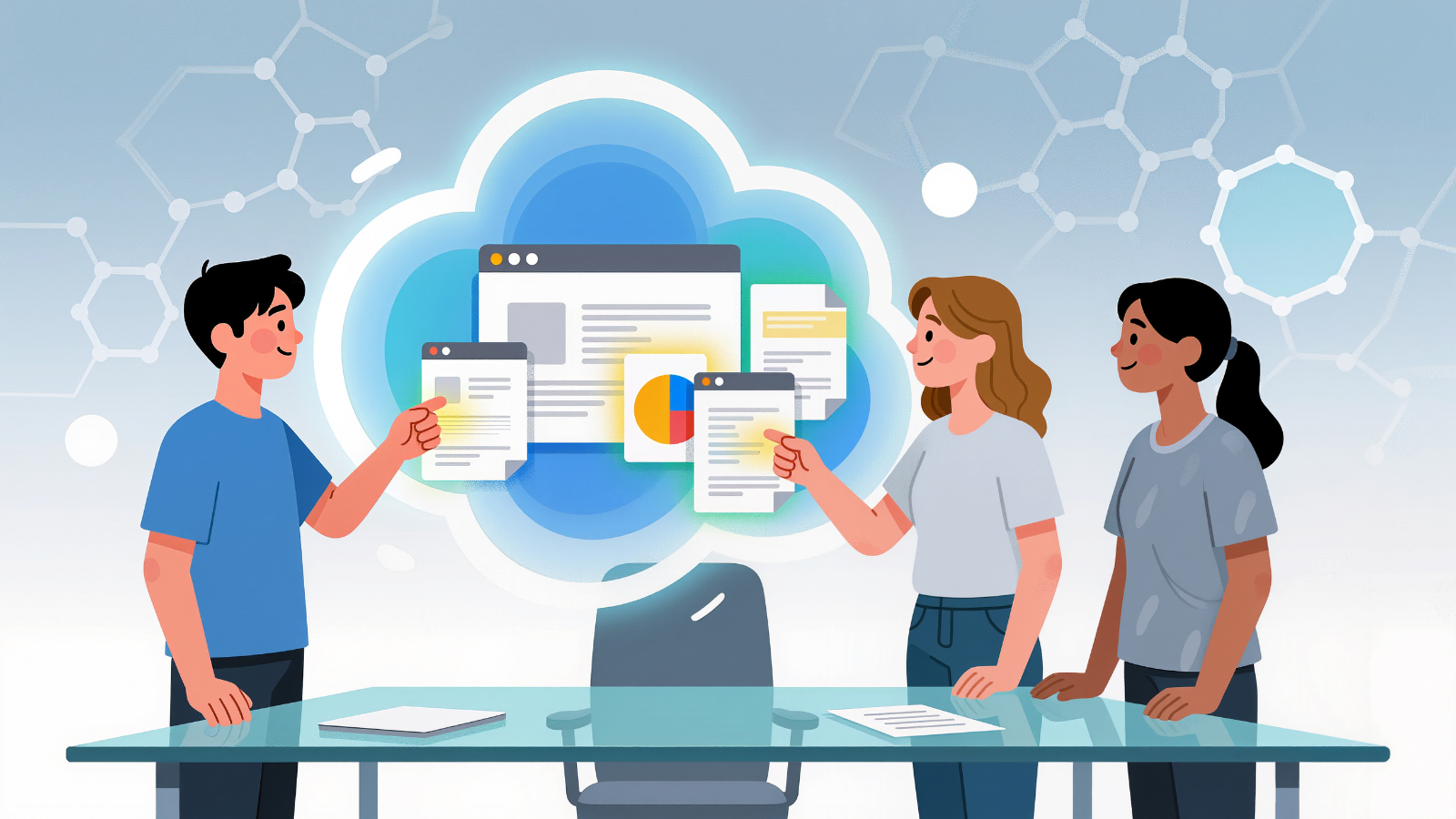Vertical AI agents, tailored for industries like insurance, healthcare, etc., are redefining how organizations handle complex, open-ended, and multi-step workflows.
By combining domain-specific knowledge graphs, advanced retrieval methods such as GraphRAG, and orchestrator-worker agentic patterns, these agents can reason, decide, and act with transparency. When paired with hardware such as AR/VR devices, SmartGlass, telematics, and wearables, they enable contextual understanding of the environment and real-time decision support.
This article explores why such agents are well-suited for scenarios such as risk assessment and long-term care adjudication.
Problem Statement: What?
Insurers have often leveraged robotic process automation (RPA) for efficiency, and this approach has reached a saturation point. Moreover, risk postures and customer needs are changing dynamically, and insurers require capabilities to improve customer experience and provide differentiated services. In this context, let us consider the following two scenarios.
Long-term care (LTC) claims - With the rise in U.S. aging population and shortage of skilled workers such as registered nurses (RN), licensed practical nurses (LPN), certified nursing assistants (CNA), etc., the burden on nursing staff increases in terms of documentation of care and services with respect to activities of daily living (ADLs), evaluation and approval of care plans, health status, etc. This information is critical for adjusters to evaluate policyholders' eligibility and medical assessments, along with reports from facilities and monitoring devices, all while complying with HIPAA and insurance regulations.
Auto-insurance claims – With advancements in vehicle technology such as advanced driver assistance systems (ADAS), software-defined vehicles (SDV), telematics, etc., there is also increased need to assess behavioral patterns, dynamic risk posture, liability, and fraud risks.
These workflows demonstrate the following traits:
- Heterogeneous data - comprising structured data such as policy and activities of daily living (ADL) scores, and unstructured data such as provider notes, reports, and images/videos (facility inspections, etc.).
- Domain-specific logic – requiring specialized skill sets to reason and infer care eligibility criteria, ontologies, risk posture, policy clauses, and regulatory compliance.
Solution - Agentic AI: Why?
The dynamic and variable nature of the above workflows requires knowledge workers with the ability to understand the context to plan, act, and reflect on the chosen path. This complex task is best suited for agentic AI (orchestrator-worker agentic pattern), as it is an open-ended problem that needs specialized skills to learn and adapt to the environment. At a high level, it involves the following components:
- An orchestrator to analyze the request, plan and decompose tasks into sub-tasks/workers, orchestrate the workflow, and synthesize the results.
- Workers/specialized agents – such as wearable worker to process mobility data and generate structured events, telematics worker to normalize trip/vehicle signals into standardized event schema, knowledge graph query agent to map intents to graph queries – patients' history, claims history, prior similar incidents, etc.
- Knowledge graph and graph database – canonical domain model, enabling reasoning and inference. Schema: ontology (OWL/SHACL), nodes for entities (patient, policy, device, trip, event), edges for relations (caused_by, observed_at, claimed_in)
- RAG + LLM service – assemble knowledge graph-grounded context and retrieve documents from vector database to produce answer/plan
Long-Term Care Claims Adjudication: How?
Consider a scenario where a policyholder files a claim for in-home care services. Wearable devices track their mobility and heart rate patterns, and a care provider uploads ADL assessment forms and daily care logs.
The following is the conceptual flow:
1. Wearable device/event triggers a request, wherein wearable data worker ingests mobility and physiological data, runs on-device pre-processing to compute ADL scores, and flags anomalies (e.g., sudden decline in mobility).
2. Data is transmitted securely to the orchestrator, where it analyzes and routes to appropriate workers such as:
- Policy knowledge graph query agent to match ADL scores against benefit triggers in LTC policy
- Document worker to parse care provider notes for evidence supporting claim eligibility
3. Knowledge graph encodes the domain ontology (policies, events, claims, etc.) and GraphRAG starts with semantic retrieval, then expands context through relationships for multi-step reasoning to ensure outputs are grounded on facts.
4. Compliance worker validates whether the recommendation meets both insurer policy and local regulatory guidelines.
5. Orchestrator then synthesizes the results/decision and sends to a claims adjuster for review and approval.
6. All decisions and their sources/origins are appended to knowledge graph with audit trail for regulatory/ML training.
Potential Benefits
Agents help alleviate the burden on knowledge workers by augmenting them and orchestrating and synthesizing complex processes such as claims through specialized workers. This enables delivery of the following benefits:
- Faster, evidence-driven claims processing
- Improved quality of care by synthesizing real-time/near-real-time information from edge devices, wearables, etc.
- Reduced false positives/fraud rates through correlation/identification of fraudulent rings
- Grounded response that is explainable and traceable to improve trust
The Way forward
Graph-based retrieval, structured communication protocol, IoT/wearables/edge devices, and multi-agent orchestration are converging into a practical toolkit for industry-specific AI.
For organizations to scale responsibly, the path forward is:
- Problem awareness and choosing the right high-impact tasks/processes for Agentic AI. It is not a silver bullet for all problems. Tasks that are repeatable, generic/not specialized with fixed/pre-defined paths, etc., are not ideal candidates for Agentic AI to justify the ROI.
- Define and embrace domain ontology to capture knowledge in knowledge graphs to power the LLMs with grounded context.
- Implement GraphRAG retrieval with provenance support. This ensures transparency, accountability, and trustworthiness in decision making.
- Iterate and integrate with environmental data such as wearables, facilities, provider networks, etc.
- Iterate by adding specialized workers as the workflow expands or needs change.
- Measure the outcomes to demonstrate the value and recalibrate/adapt to changing needs.
Vertical AI agents are no longer a research-only concept. If harnessed at the appropriate value chain, the power and benefits they unleash will be a game changer for any industry.








